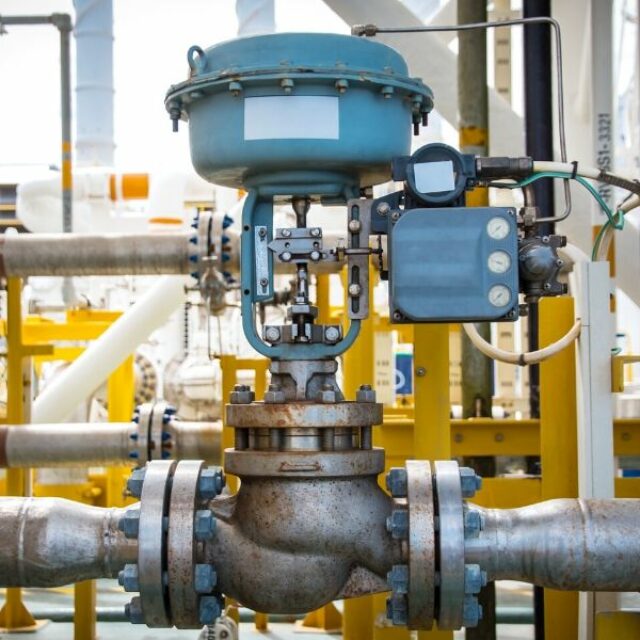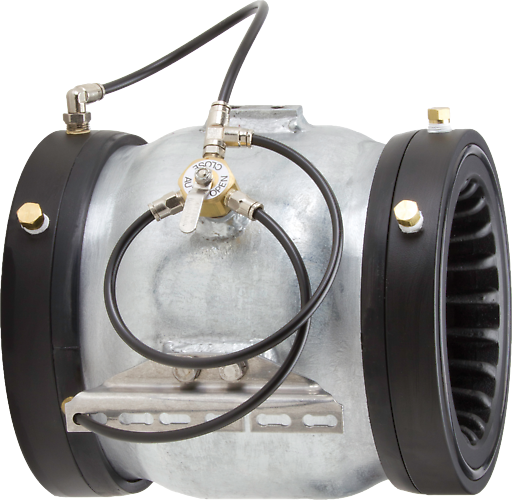Cutting-edge Control Valves: Enhancing Precision and Reliability
Cutting-edge Control Valves: Enhancing Precision and Reliability
Blog Article

Maximize Power Financial Savings and Convenience With Advanced Building Automation Controls
In the realm of modern style and center monitoring, the assimilation of innovative structure automation manages stands as a pivotal improvement. The merging of modern technology and sustainability has birthed a new period where power efficiency, comfort optimization, and operational streamlining are no more far-off goals however attainable truths. By taking advantage of the power of automation, structures can adjust, react, and advance in ways that were once unbelievable. The possibility for considerable energy cost savings and enhanced convenience is not just a pledge but an opportunity waiting to be satisfied. This paradigm shift in structure monitoring holds the key to unlocking a globe where environmental conscientiousness and owner health sympathetically exist together within the wall surfaces of our structures.
Power Performance Advantages
Power performance advantages can substantially decrease energy usage and operational costs in structures. Energy-efficient systems, such as innovative building automation controls, can optimize the usage of sources like home heating, cooling, and lighting, leading to lower power costs over time.
Additionally, enhanced power effectiveness can prolong the life-span of building devices and systems. By operating more successfully, cooling and heating systems, lighting fixtures, and other structure elements experience less damage, leading to minimized maintenance and substitute costs. Furthermore, energy-efficient buildings typically command greater property worths and rental prices, supplying long-lasting financial benefits to proprietors.
Additionally, power effectiveness can enhance passenger convenience and efficiency. Effectively controlled interior environments with ideal illumination and thermal problems produce a more enjoyable and favorable workspace, causing improved worker complete satisfaction and efficiency. On the whole, the energy performance benefits related to innovative structure automation controls are complex, encompassing price savings, environmental stewardship, and passenger health.
Boosted Comfort Control
Enhancing comfort control in structure environments requires an advanced combination of sophisticated automation systems for optimal resident wellness. By using sophisticated structure automation controls, centers can customize the indoor environment to satisfy the particular requirements and choices of occupants. These systems make it possible for specific law of air flow, illumination, and temperature level, creating a comfortable and productive ambience. Owner fulfillment and performance are carefully connected to thermal convenience, making it important to have systems in position that can adapt to transforming problems in real-time.
By integrating these innovative controls, buildings can not only boost comfort but likewise boost energy efficiency by maximizing system procedures based on actual occupancy and use patterns. Inevitably, focusing on passenger convenience via advanced automation systems leads to a much more delightful and much healthier indoor setting.
Functional Efficiency Improvements

Additionally, the execution of real-time tracking and analytics tools makes it possible for structure drivers to determine energy inefficiencies and functional anomalies quickly. By constantly keeping track of power usage patterns and system performance metrics, modifications can be made in real-time to enhance energy intake and make sure peak operational effectiveness. control valves. Additionally, integrating need action techniques right into building automation controls can further improve operational performance by dynamically changing power usage based upon grid conditions and pricing signals
Indoor Climate Optimization
Reliable indoor climate optimization is a fundamental element of structure automation controls, making sure owners' convenience and wellness while making best use of energy financial savings. By making use of advanced sensors and controls, developing automation systems can continuously monitor and adjust temperature, humidity levels, air top quality, and ventilation to produce an ideal interior setting. Keeping consistent and comfortable conditions not only improves occupant contentment but also improves performance and overall wellness.
Indoor climate optimization likewise plays an essential function in power efficiency. By fine-tuning air conditioning, home heating, and air flow systems based on real-time data and occupancy patterns, developing automation controls can considerably decrease energy intake - control valves. Applying page approaches such as demand-controlled ventilation and thermal zoning can help reduce power waste while making sure that each area of the structure gets the necessary conditioning.

Lasting Atmosphere Creation
Building automation regulates not just enhance indoor environment conditions for power performance and passenger convenience yet also lay the foundation for creating you could try these out a lasting atmosphere via calculated administration of systems and sources. By integrating innovative structure automation technologies, such as sensors, actuators, and smart software application, centers can keep an eye on and readjust energy use in real-time to minimize waste and minimize their carbon impact. These systems enable anticipating maintenance, determining potential problems before they rise and optimizing devices performance to boost durability and performance.
Furthermore, sustainable setting development expands beyond energy administration to incorporate water conservation, waste decrease, and indoor air quality enhancement. Structure automation controls can manage water usage, spot leakages, and make certain proper waste disposal practices, contributing to overall sustainability efforts. Furthermore, by managing and checking ventilation and filtration systems, these innovations improve owner wellness and performance while lowering power intake connected with HVAC operations.
Conclusion
Finally, advanced structure automation manages offer significant benefits in regards to power financial savings, convenience control, functional performance, indoor climate optimization, and producing a sustainable environment. By implementing these controls, buildings can attain optimum efficiency while lowering power usage and improving passenger convenience. It is obvious that making use of advanced automation innovation is crucial in enhancing building performance and developing an extra sustainable future.
Energy performance advantages can substantially minimize power intake and functional expenses in buildings. In general, the power performance benefits associated with advanced building automation controls are complex, incorporating expense savings, ecological stewardship, and passenger well-being.
Furthermore, integrating demand reaction methods into building automation controls can additionally boost functional performance by dynamically readjusting energy use based on grid problems and rates signals.
Structure automation regulates not only enhance interior environment conditions for energy performance and occupant comfort but also lay the structure for producing a lasting setting via strategic management of resources and systems.In verdict, progressed building automation controls offer significant benefits in terms of energy savings, convenience control, functional effectiveness, indoor climate optimization, and producing a sustainable environment.
Report this page